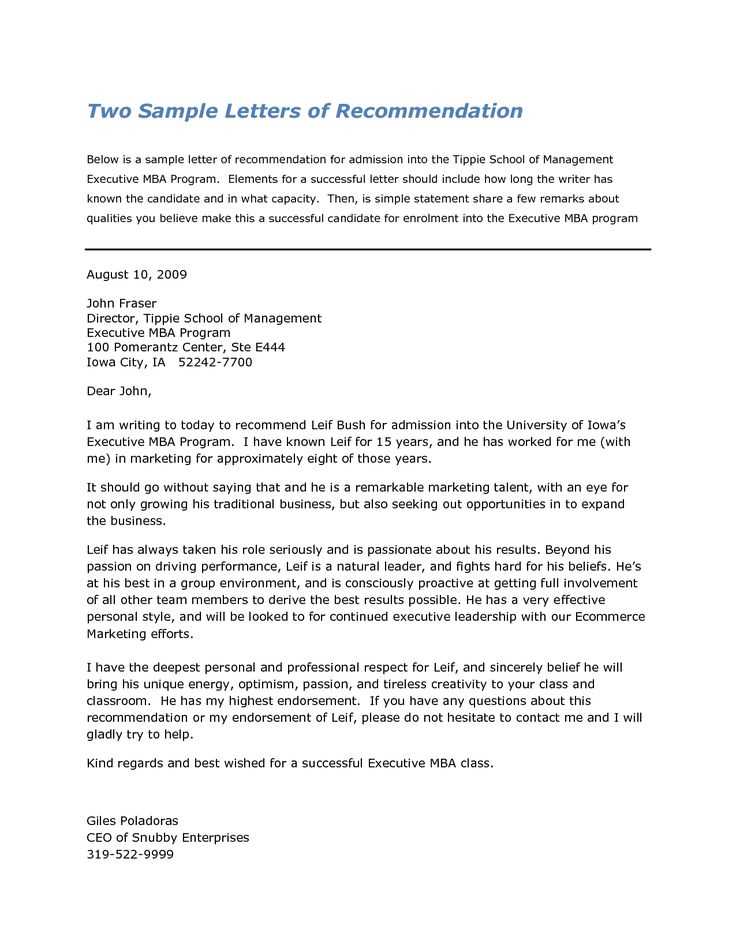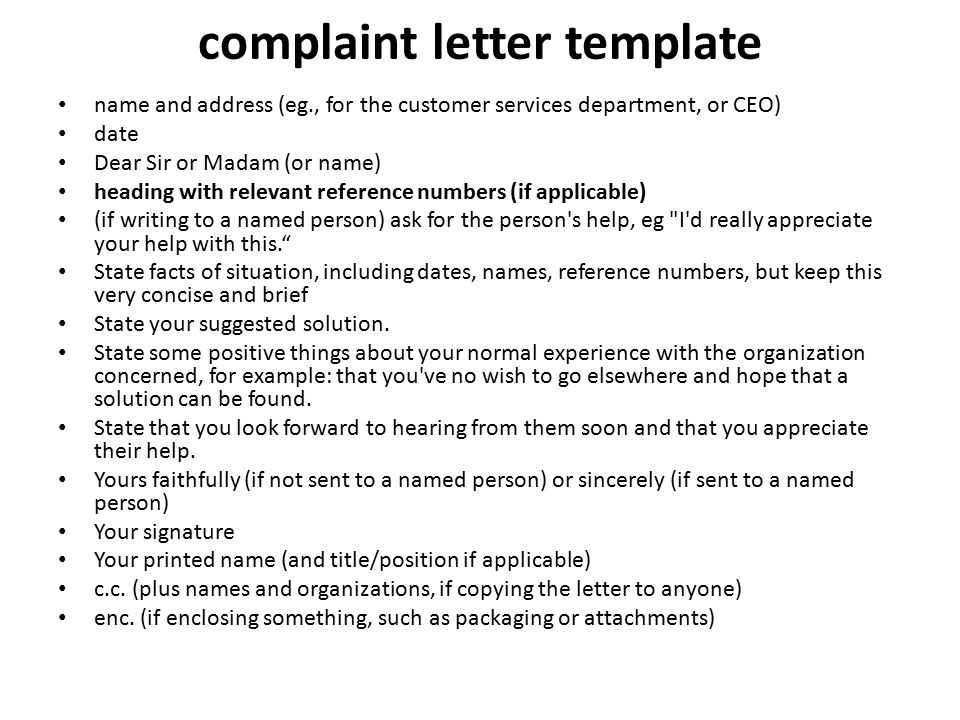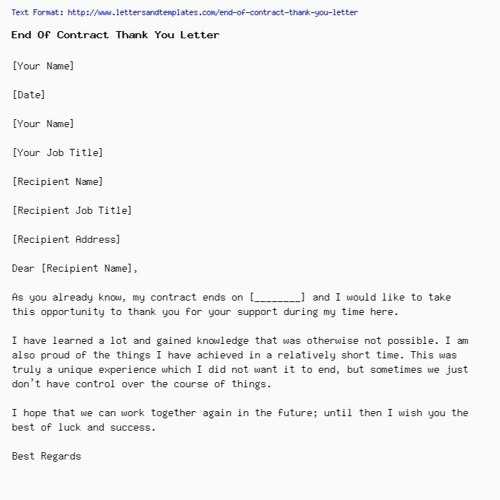Letter of Wishes Template for Your Will

Understanding Its Purpose

This document serves as a supplementary guide for individuals wishing to outline personal preferences regarding their estate. It provides clarity for loved ones and executors, ensuring that specific desires are respected after a person’s passing. While not legally binding, it acts as a helpful reference to navigate personal, financial, and sentimental matters in accordance with the individual’s values and relationships.
Key Components

- Personal Messages: A place to communicate messages to family or friends, offering comfort and guidance during a difficult time.
- Specific Bequests: Detailing particular items or assets to be given to named individuals, helping avoid confusion.
- Executor Guidance: Instructions for those handling the estate, outlining preferred methods for settling matters.
- Charitable Contributions: Preferences regarding any donations or legacy gifts to causes or organizations.
Why Include This Document?
While it doesn’t hold legal weight, it adds a personal touch that formal legal documents may lack. It serves as a roadmap to your executor or family members, offering insight into your final wishes. Including this in estate planning can ease the burden on your loved ones and ensure your legacy is honored as you intended.
Understanding the Significance of a Personal Guidance Document
When planning for the future, many individuals choose to outline personal preferences and specific instructions to help guide their loved ones and executors. This document serves as a thoughtful way to communicate desires that may not be covered by formal legal documents. While it doesn’t hold the force of law, it offers clear direction for handling personal matters, ensuring that your intentions are understood and respected.
How to Craft a Personal Guidance Document
Creating this type of document involves clear and concise communication. Start by identifying key points you want to address–whether it’s the distribution of sentimental items, instructions for financial matters, or messages for family members. The language should be straightforward, avoiding ambiguity to minimize any potential confusion. Although this document is not legally binding, its role in providing clarity and peace of mind cannot be overstated.
Essential Components to Include
- Personal Messages: Expressions of care or advice to loved ones, which can offer comfort during challenging times.
- Asset Distribution: Clear instructions on how to allocate specific items or properties to chosen recipients.
- Executor Guidance: Specific instructions for those responsible for managing the estate, ensuring they know your preferences for the process.
- Charitable Donations: Detailed preferences regarding contributions to charitable causes or organizations you want to support.
Legal Aspects and Considerations

Though this document is not legally enforceable, it can play a crucial role in ensuring your loved ones are aware of your desires. It is important to note that it should not contradict any legal provisions made in formal documents, such as a formal testament. While it can guide executors, it should not take the place of legally binding directives. Ideally, it should complement the official estate plan without creating confusion.
Advice for Executors Regarding Personal Instructions
Executors should understand the purpose of this document and treat it with respect. Though not legally required, it serves as a helpful tool in carrying out the estate’s management according to the decedent’s preferences. Executors should carefully read through the document, ensuring they follow the outlined preferences, but also consult legal counsel if needed to ensure no conflicts arise with official estate documents.